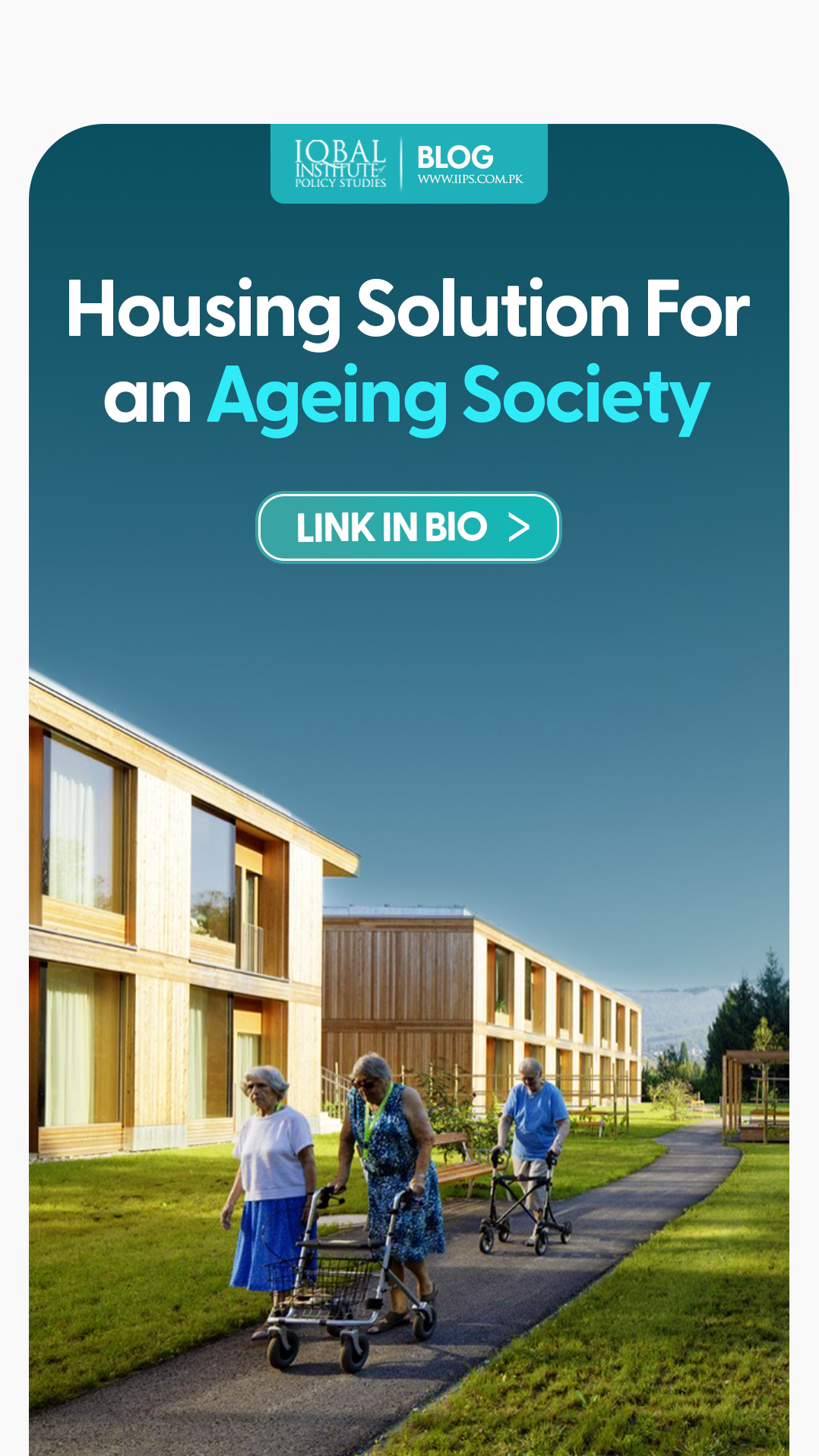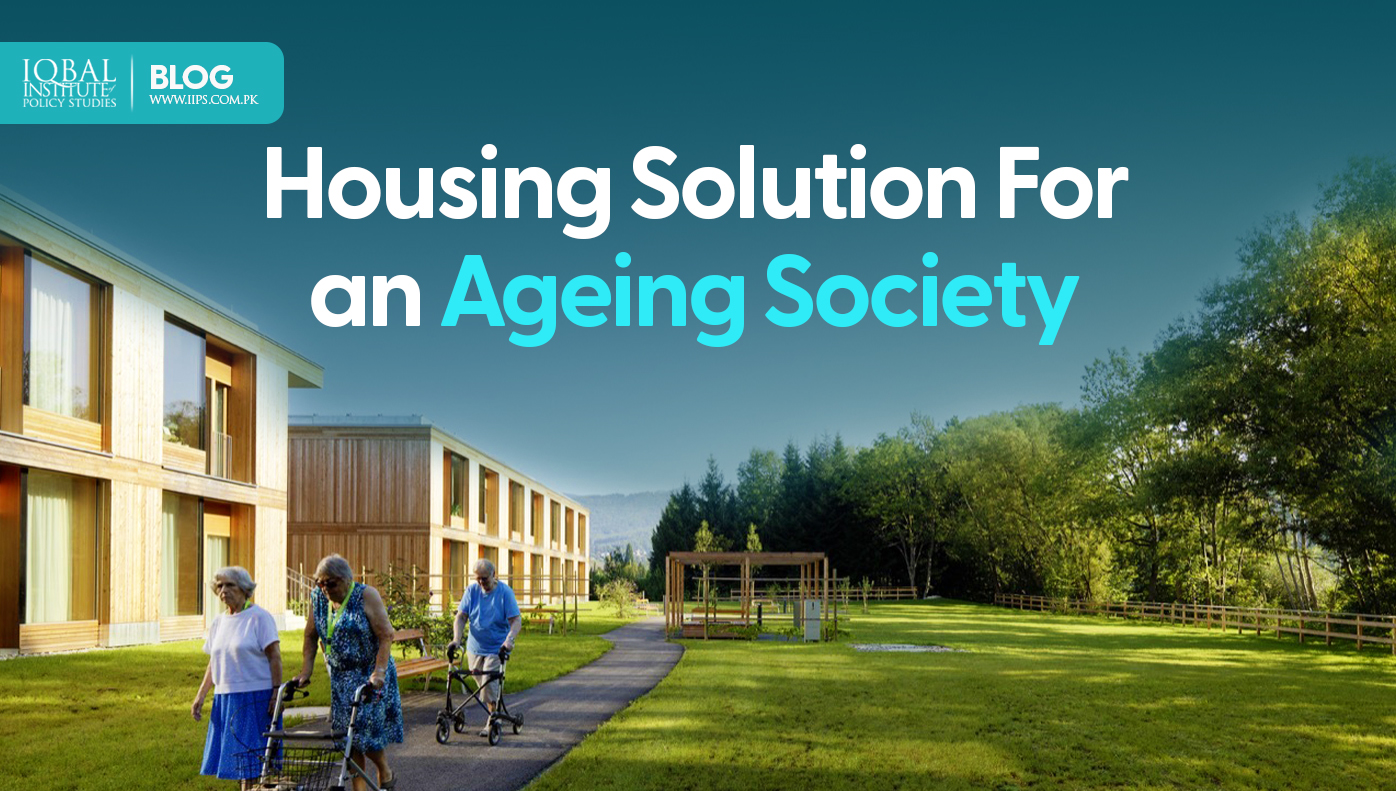Population around the world is ageing. Nearly every country is undergoing growth in the proportion of older-aged persons (60 or above) in their residents. The rapid increase in the age of the nation’s population will be one of the most significant demographic shifts. However, there are substantial concerns that cities and communities are not prepared to adequately meet the housing needs of this segment of the population. Moreover, the existing housing stock is ill-suited to meet the housing needs of an increasingly older population.
The nation’s ageing population faces numerous challenges related to housing, including affordability, accessibility, and access to medical and other services inside and outside the home. In addition, older age citizens in rural areas encounter additional challenges such as isolation from neighbours, municipal services, and other amenities.
We have listed several strategies and best practices to improve the nation’s housing’s affordability, accessibility, and connectivity for its ageing population. These strategies and best practices can be enhanced and scaled up to meet the challenges ahead.
Challenges of housing associated with an ageing population
Affordability
Ageing populations face growing economic insecurity from low and fixed incomes, with particular housing affordability challenges for older homeowners and renters. Due to fixed and low income, they do not keep up with the rising cost, so they do not afford to meet the high rate of housing. Thus, understanding the income level of owners and renters assists better in targeting policies and programs addressing the economic affordability of the older population.
Lack of planning
Lack of planning is another challenge faced by the ageing population. It has been tough for Pakistanis to get contextual information about the needs of an ageing population. To meet the need of people, it is imperative to understand their demands before planning. Unfortunately, the private sector is much better at planning urban community development while the government lags. Indeed, we need to highlight the differences in the quality of life for the ageing population that is required for their living.
Lack of Amenities
A significant problem is the lack of amenities in housing for an ageing population. Healthcare facilities, neighbourhood parks, and communities are examples of a few which become increasingly difficult to access for old-age citizens. Despite this, some segments of the population will be at risk of social isolation, which could be alarming. In this regard, the industry should take proactive measures before things get out of control.
Solutions
Promoting Awareness
In the past, there have never been housing problems for the elderly, but with an increasing demographic shift taking place, it is pertinent to understand the current situation. Government and private sector should work together to highlight the issue and take steps to curb it before it becomes unmanageable. The government and private sector should collaborate on mitigating these challenges.
- Well-designed, ‘care-ready’ homes appeal to older people hoping to downsize before suffering chronic illnesses.
- Family homes can be released back onto the market.
- Promote developments for older people, personal care and support can be delivered more efficiently.
House Planning for an Ageing Population
A sophisticated mix of demographic data, planning tools, and localised contextual information is needed to plan and deliver what is required. In addition, the government should actively engage with private house developers to support the delivery of well-targeted housing. In addition, the current urban sector must be planned and transformed into a sustainable one with all the facilities that ageing populations need. Real estate companies like the Imarat Group are examples of private sector companies changing the real estate sector in Pakistan by conducting thorough research to find issues and implementing solutions to these housing problems in Pakistan.
A Health Approach to Housing
Effective integration of healthcare services in urban neighbourhoods is also a requirement for an ageing population. Conducting risk assessments and removing hazards to prevent injuries can greatly raise the standard of living for older age citizens. Future homes should be designed with the aim of providing complex care needs by integrating housing and healthcare strategies that prevent significant health issues later.

Urban Renewal
Housing for a senior population needs active support for the renewal and regeneration of our towns and urban centres. This urban renewal should support high-quality development and the specified amenities required for an ageing population. Poor housing design and lack of necessary facilities can reduce the quality of life as people age. Therefore, developing well-connected, high-quality urban centres is highly in demand as it ensures a more active, healthy, socially engaged, and connected life. Therefore, government and the private sector should also focus on the renewal of urban societies to make a better living for the ageing population.
We Must Act
A theme, that both the government and the private sector have emphasised, is the need to build physical and social infrastructure to meet the needs of an ageing population. We have tried to highlight the issues concerned with the housing of the ageing population and also provide solutions to these problems. The government alone cannot solve these issues; the private sector must also focus on the provision of housing for the ageing population.




Leave a Reply